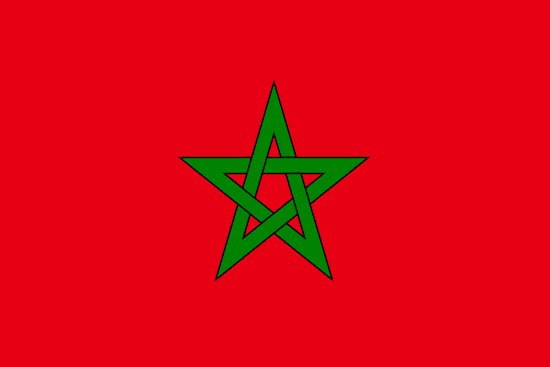"العاصمة الثقافية للمغرب | The Cultural Capital of Morocco"
About:
Rabat, the capital of Morocco, was founded in the 12th century by the Almohad Caliphate as a military town. The city experienced periods of prosperity and decline under different dynasties. It was largely ignored until the French came in the 20th century, making it a colonial administrative center. Since Morocco's independence in 1956, Rabat has grown into a modern city, preserving its historic sites like the Kasbah of the Udayas and Hassan Tower, while developing as a hub of administration and diplomacy.
When to visit:
Rabat, the capital city of Morocco, experiences a Mediterranean climate with mild, wet winters and hot, dry summers. The ideal time to visit Rabat on a holiday is during the spring months of April and May or the autumn months of September and October, when temperatures are moderate and rainfall is minimal. This allows visitors to explore the city's historic sites, such as the Kasbah of the Udayas and the Royal Palace, in comfortable weather conditions. Summer months can be scorching hot, making outdoor activities less enjoyable for tourists.
When to avoid:
The worst time to travel to Rabat, Morocco on a holiday is during the peak summer months of July and August. This period experiences scorching temperatures that can often exceed 100°F (38°C), making outdoor activities uncomfortable and potentially dangerous. Additionally, many locals take their own holidays during this time, leading to crowded tourist attractions and higher prices for accommodations. Travelers seeking a more pleasant experience may want to avoid visiting Rabat during this hot and busy season.
"Winter Season (Dec-Feb)"
In Rabat, Morocco, the coldest and wettest portion of the year falls between December and February. Average temperatures range from 8°C to 17°C (46°F to 62°F), with rainfall peaking in December at about 80mm. Days are typically overcast, with only four to five hours of sunlight. The city often experiences coastal winds, making it feel colder than the actual temperature. An average day for a visitor would involve carrying an umbrella and dressing in layers to stay warm. Despite the weather, Rabat's historical sites and vibrant culture make it a worthy winter destination.
"Summer (June–August)"
The warmest part of the year in Rabat, Morocco typically stretches from June to September, with temperatures ranging from 25°C (77°F) to 30°C (86°F). Rainfall during this period is minimal, averaging less than 10mm per month, which makes the summer months the driest of the year.
The city enjoys an average of 10 hours of sunlight per day during this period, providing plenty of daylight for sightseeing and other outdoor activities. Despite the warm temperatures, the relative humidity is relatively low during this period, averaging around 70%, which makes the heat more bearable.
Cloudiness is also minimal during the summer months, with clear or partly cloudy skies for most of the time. This means that visitors can expect plenty of sunshine and blue skies.
A typical day for a visitor during the warmest part of the year in Rabat would involve warm, sunny weather with little to no rainfall. The heat can be intense in the middle of the day, but the relatively low humidity levels make it feel less oppressive. The evenings are usually pleasantly warm, providing perfect conditions for strolling around the city or dining al fresco. Despite the heat, it's advisable to carry a water bottle to stay hydrated, and sunscreen to protect against the strong sun.
Language:
In Rabat, the capital city of Morocco, the most commonly spoken languages are Moroccan Arabic (Darija) and French. Moroccan Arabic is the native language for the majority of the population, while French is widely used in governmental institutions, media, and both public and private schools. Additionally, Amazigh languages are spoken by the Berber population, and English is gaining popularity among younger generations.




